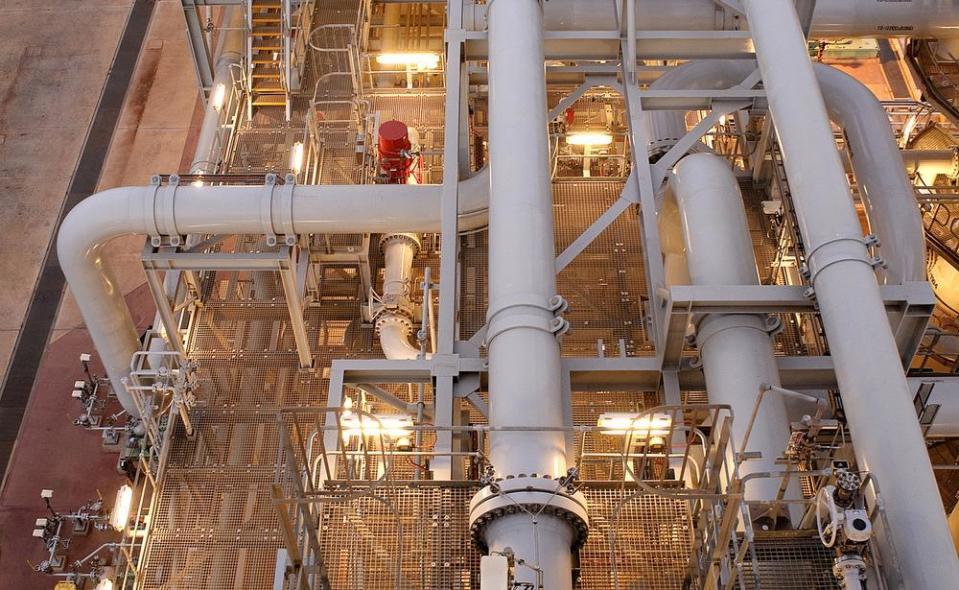Muscle flexing needed to protect resources jobs
Seven senior oil and gas engineers came to my office recently to make sure I knew how bad the WA job situation was. These men all had 25 or more years experience in the gas industry and had been involved in every WA gas project since the North West Shelf project. But six of the seven were unemployed.
They confirmed the fears of many that little is being done to ensure Australians get the high-skilled jobs that come with the resources sector.
With 25,000 direct jobs to be lost in the next year as the design and construction phases of key mining and LNG projects wind down, it makes sense to look at ways we can create new jobs or ensure work is kept in Australia.
The question is why we don’t put in place strategies that other countries such as Norway and Canada have to ensure we get a share of the skills action that comes with these projects.
The most important place to start this is the front-end engineering and design. This not only provides work for experienced and entry-level engineers but also is critical to scope the work in a way that gives Australian companies a chance to take part in the detailed design and procurement.
It also ensures Australians get a real crack at the maintenance work. If you have not been involved in design of a complex project, you are less likely to get a chance to run maintenance and operations.
Almost all the engineering work (1.6 million man-hours) for Shell’s Prelude LNG project was done in Paris. All detailed design of the facility occurred in Technip’s operating centres in Paris and Kuala Lumpur.
The Australian Industry Participation Plan prepared by Woodside last year said there was no capacity for involvement by Australian industry in FEED or any other engineering in the provision of the Browse FLNG facility.
Companies proposing projects in Australia only have to identify “opportunities”.
By contrast, the Canadians insist on their industry getting an outcome. The Hebron agreement that governs a massive Chevron project requires 50,000 man-hours of FEED and 1.2 million hours of detailed engineering to be done locally. It specifies the quantities of local fabrication required.
So what could be done in Australia? For a start, we should insist on the front-end work for LNG projects being done in Perth because this would allow development of a centre for excellence. This would not only provide jobs for our engineers but also the centre for engineering naturally becomes the project headquarters, the procurement and logistics centre and the centre for long-term planning and operation of the FLNG vessel.
Australia is on track to become the world’s biggest LNG producer. We can’t be unrealistic in our demands but we need to have the courage to flex a bit of muscle and carve a future for our skilled workforce. The experience of other nations tells us that the argument that investment will go elsewhere if we impose any local involvement provisions is untrue.
Despite WA’s weak outlook for new jobs creation, the Abbott Government is encouraging the wide-scale offshoring of Australian jobs in the offshore gas sector.
Before Christmas, hundreds of WA workers faced losing their jobs in favour of overseas workers brought in under the Liberal’s immigration policy.
Saipem, a pipe-laying contractor, advised workers it was looking at using non-Australian labour to lay pipes for the Ichthys project in the far north after Assistant Minister for Immigration Michaelia Cash removed the need for offshore resource companies to test the Australian labour market before employing overseas workers. At the time, we predicted this would lead to a significant loss of Australian jobs — and, unfortunately, this seems to be what is happening.
Indeed, as well as demolishing any advanced manufacturing capacity, the Government is considering abandoning even the very modest Australian Industry Participation Plans.
There are the troubling asymmetrical labour movement provisions in the Abbott Government free trade agreements. The Korean agreement, for example, delivers a very big difference between the rights of Koreans to work in Australia and the rights of Australians to work in Korea.
No labour market testing is required for Koreans entering the Australian workforce, and the bar for technical or professional proficiency is set very low. But Korea reserves the right to impose labour market testing and numerical restrictions, and greatly limits companies that can employ Australians in Korea.
We need to take a leaf out of the Korean book, and indeed that of Norway and Canada, and make sure we are protecting our long-term national interest and skills development.
Alannah MacTiernan is the Federal shadow parliamentary secretary for WA



